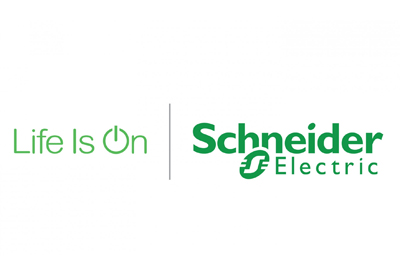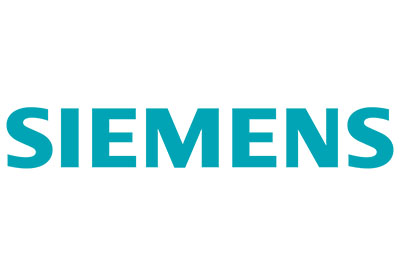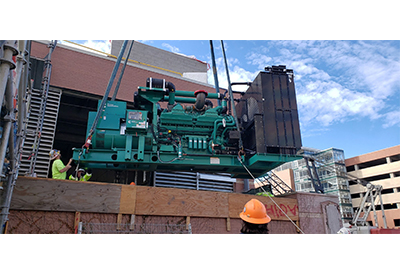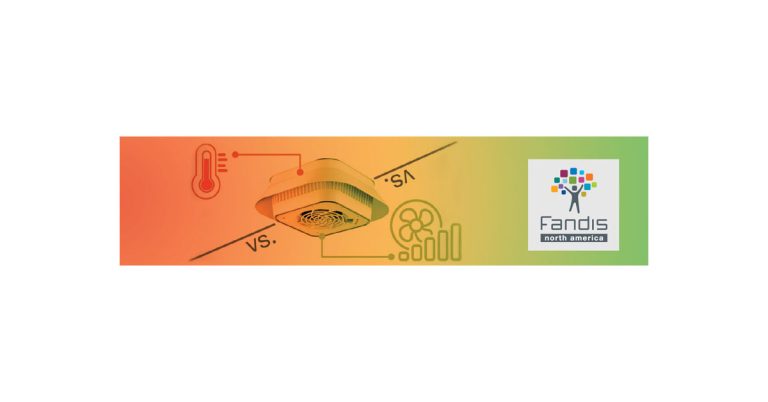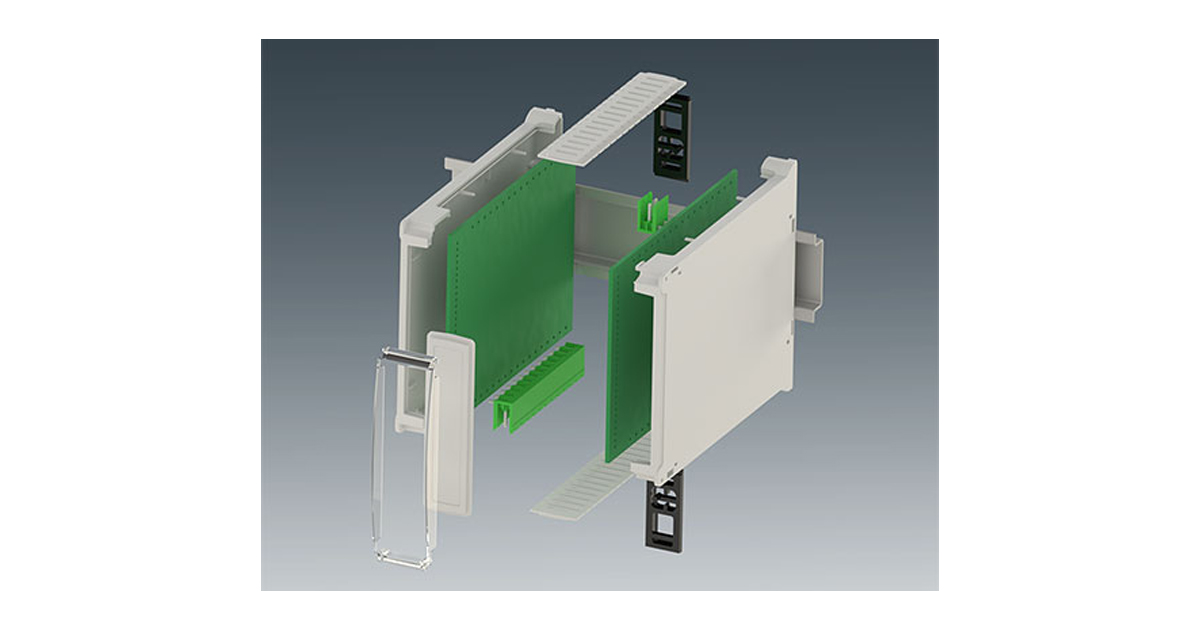How Real-Time Performance Data for Industrial Enclosure Climate Systems is Helping the Automotive Industry Keep Cool
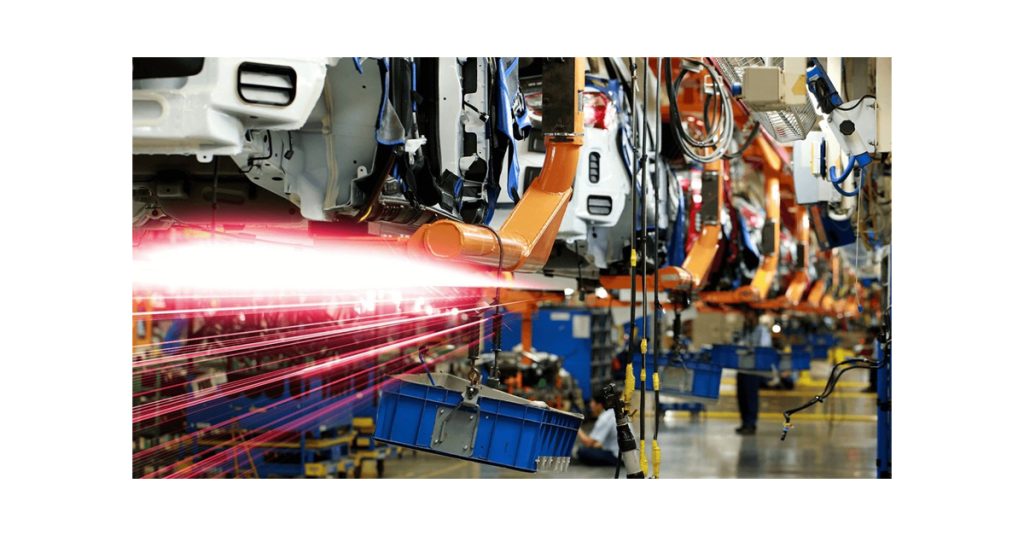
January 4, 2024
The automotive industry is in a period of significant growth, especially given the rise in demand for electric vehicles (EVs) and a more stable global supply chain. U.S. automotive producers have had to adapt to shifts and fluctuations in consumer demand to keep pace with the type and quantity of vehicles entering the market, and this has created some unique challenges in terms of creating an industrial automation infrastructure that can support increased productivity.
Recent forecasts suggest that increased output will continue into the coming year, with about 40% of Americans seriously considering a new EV as their next vehicle. As U.S. automakers strategize on the industrial automation solutions necessary to fuel optimal production levels, identifying an industrial enclosure climate control system that can handle increased production loads is often overlooked.
The impact of Industry 4.0 — not to mention the introduction of Industry 5.0 — and the Industrial Internet of Things (IIoT) have resulted in smart, connected enclosure cooling units that help manufacturers better understand cooling unit output in real-time. This evolution in climate system technology can be a major asset for manufacturers in unlocking new levels of productivity and efficiency.
With this in mind, let’s look at a couple of ways how real-time enclosure cooling unit performance data can help automotive manufacturers keep their production programs on-track.
Real-time performance data helps create more targeted cooling outputs that optimize energy usage and costs
Part of the challenge with industrial enclosure climate control in the automotive industry is the harsh nature of manufacturing environments, combined with the scale and variability of manufacturing programs as more automakers launch production of electric vehicles.
Plus, changes to regulatory compliance requirements like the UL/CSA 60335-2-40 Standard — which requires cooling units to have smart leak detection systems if they use flammable or environmentally damaging refrigerants — compound the complexity of creating an efficient cooling architecture in the automotive space.
Even in the age of smart technology, too many automotive plants still rely on antiquated enclosure cooling units that lack the ability to produce in-the-moment output and performance data operators need in order to adjust cooling levels based on optimal enclosure temperature, production demands, or overall cooling unit performance.
This lack of flexibility often results in a large amount of waste in terms of energy consumption, cost, and cooling output. Real-time performance data can help manufacturers focus more targeted cooling precisely where and when it’s required.
For example, Rittal’s Blue e+ line of enclosure cooling units are engineered with heat pipe and inverter technology to provide powerful cooling without the need for a compressor, expansion valve, or other regulating elements, which significantly reduces the amount of energy required to operate the unit.
This innovative use of speed-regulated components and heat pipe design can help automotive manufacturers reduce their energy consumption by 75%, which helps reduce both your energy costs and overall carbon footprint.
The Blue e+ S is engineered to comply with the guidelines of the new UL Standard and has the ability to provide lower output categories of .3 kW, .5 kW, .7kW, and 1 kW without sacrificing the cooling necessary to keep enclosures at optimal operating temperatures.
With real-time performance insights, automotive manufacturers take a more preventative approach to maintenance
Simple as it may seem, adopting a more proactive approach to enclosure and/or cooling unit maintenance can be a tough hill to climb, especially if your enclosure cooling units are not equipped to provide real-time performance reporting.
This challenge is apparent via the staggering number of equipment failures caused by inefficient cooling, or by cooling units that operate at suboptimal levels.
In fact, here’s an example where a significant number of cooling units at Ford’s Cologne, Germany, facility were either defective or not operating at peak efficiency, both of which could have been avoided by leveraging real-time performance data.



